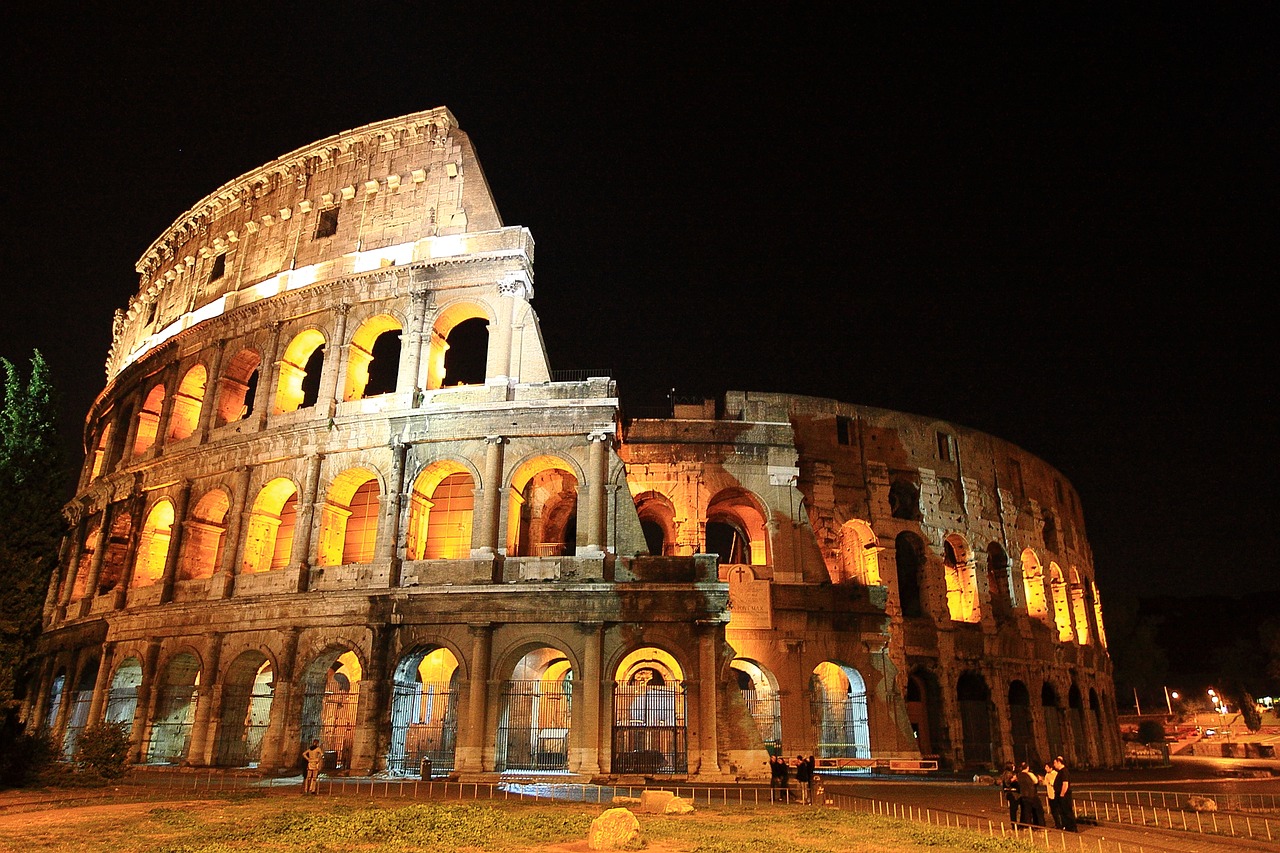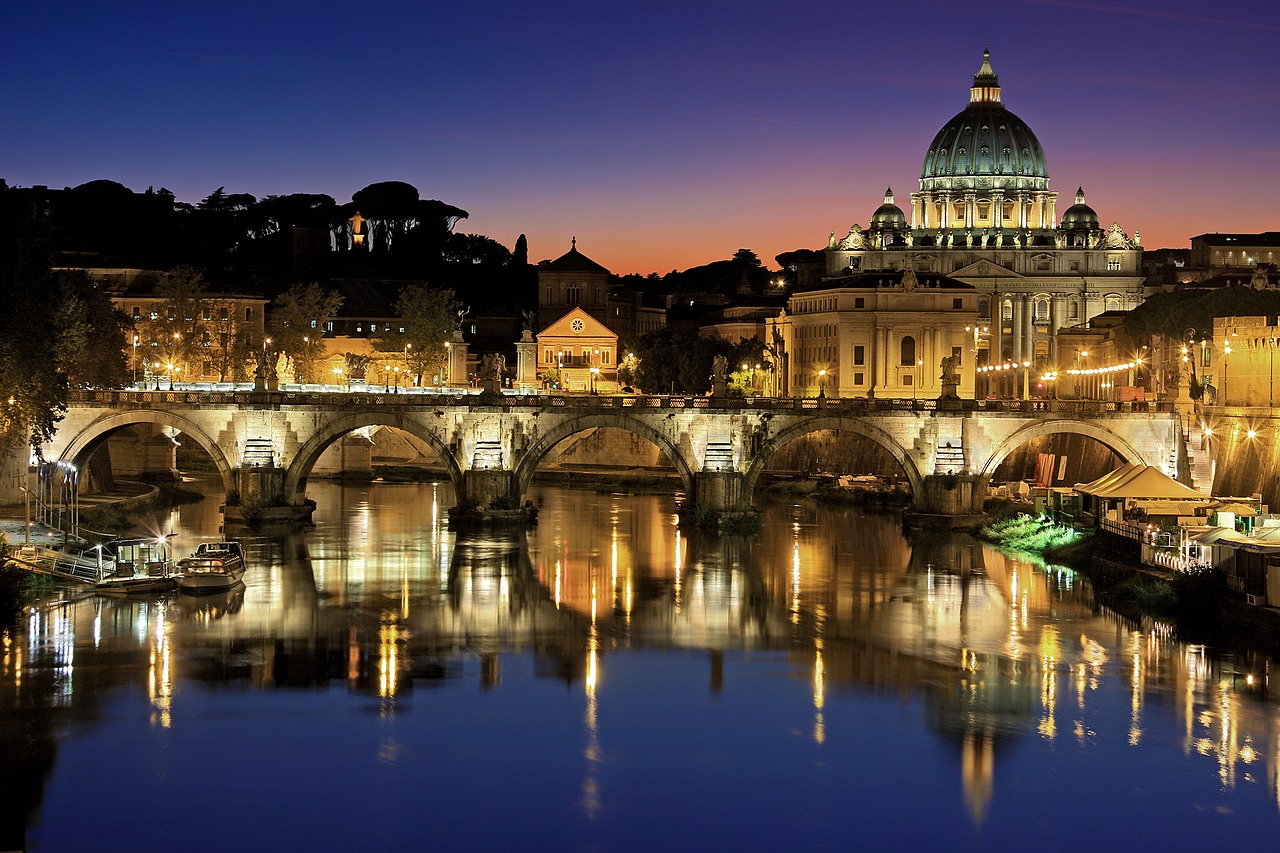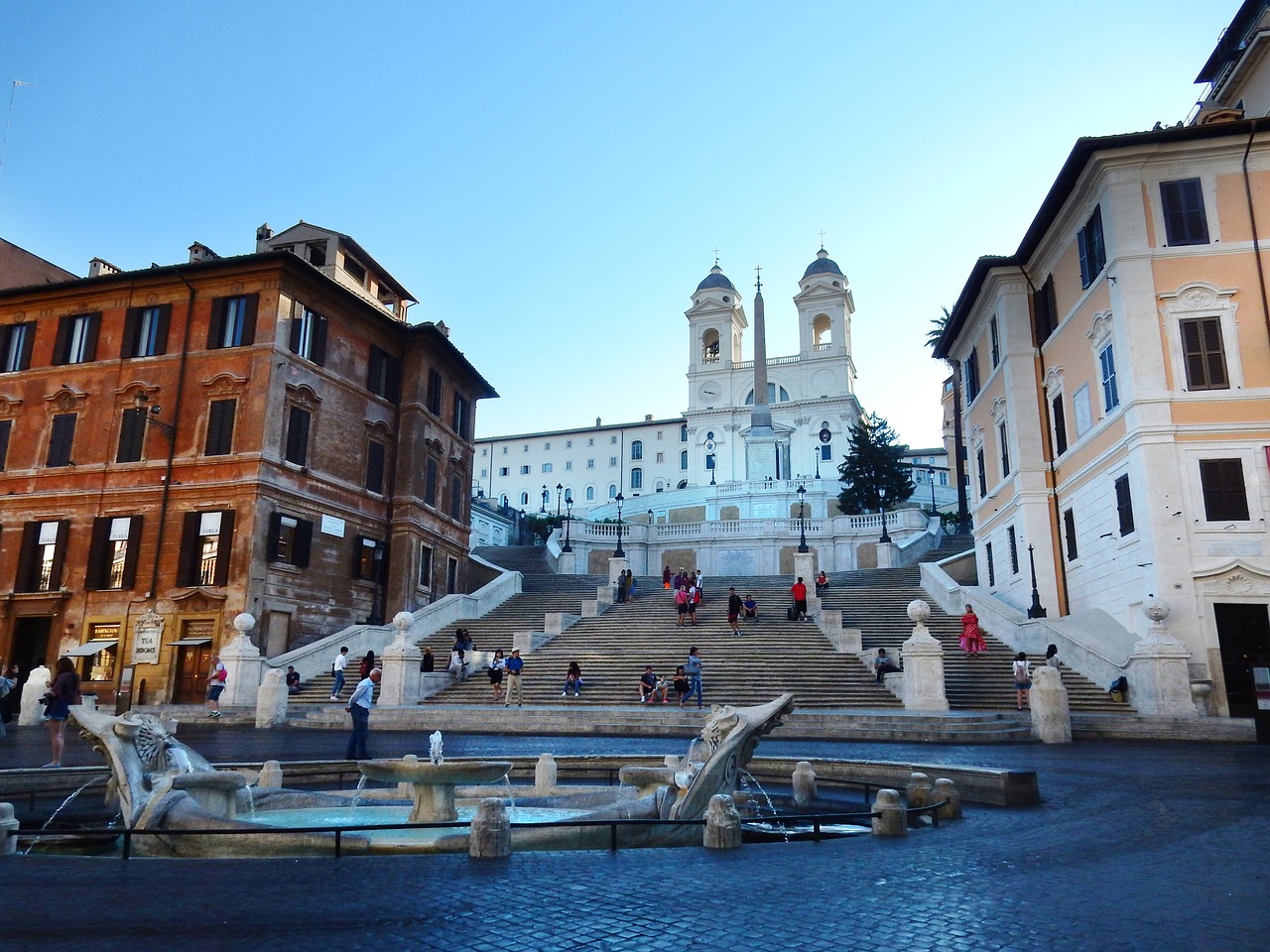According to the Lateran Treaty, signed between the Holy See and Italy in 1929, Vatican City is an independent state under the sovereignty of the Pope, also known as the Supreme Pontiff. It has a population of approximately 1,000 inhabitants and covers a territory of 20.44 square kilometers, bordered by the colonnade of St. Peter’s Square, Via di Porta Angelica, Piazza del Risorgimento, Viale dei Bastioni di Michelangelo, Viale Vaticano, Via della Stazione Vaticana, Largo di Porta Cavalleggeri, Piazza del Santo Uffizio, and Via di Paolo VI.
Under the same treaty, several properties outside the Vatican’s boundaries enjoy extraterritorial status. These include the basilicas of St. John Lateran, St. Mary Major, and St. Paul Outside the Walls; the Lateran Palace; the Chancellery; the Propaganda Fide; the former Vicariate; the Bambino Gesù pediatric hospital; and the Pontifical Palace of Castel Gandolfo, along with Villa Cybo and Villa Barberini.
The Vatican’s governance is regulated by the Fundamental Law of the Vatican City State, which came into force on February 22, 2001, replacing the previous law issued by Pius XI in 1929. The Supreme Pontiff holds full legislative, executive, and judicial powers, delegated to the competent bodies. The Pope represents Vatican City in international relations through the Secretariat of State. He appoints a special delegate to administer the city-state and oversees its unique institutions, including the issuance of its own stamps, the minting of its own currency (the Vatican Euro, which circulates freely within Italy), and the operation of a radio station, a railway station connected to the Italian network, and the daily newspaper L’Osservatore Romano.
Law enforcement and security within Vatican City and its extraterritorial properties are managed by the Vatican Gendarmerie and the Swiss Guard. The Swiss Guard, founded in 1506, is renowned for its iconic uniforms, designed according to traditional styles attributed to Michelangelo.
The Pope and the Cardinals
The Pope, also known as the Supreme Pontiff, is the Bishop of Rome, the successor of Saint Peter, and the head of the Catholic Church. As the Vicar of Christ, he holds primatus jurisdictionis, the full and supreme authority over the entire Church.
To assist him in governance, the Pope relies on the Sacred College of Cardinals and the Roman Curia. The Sacred College of Cardinals, which until 1958 was limited to 70 members, now has no fixed number. It is divided into three orders: Cardinal Bishops (assigned to suburbicarian dioceses), Cardinal Priests, and Cardinal Deacons.
The Roman Curia is the central administrative body of the Church and includes congregations (akin to ministries, presided over by the Pope or a cardinal), tribunals, secretariats, commissions, and various offices. Together, these bodies assist the Pope in his pastoral and administrative duties.
The conclave
(From the ancient Latin “ cum” = with and “ clavis “ = key, place closed with a key). Upon the death of the pontiff, the cardinals gather in seclusion for the election of the new pope (usually in the Sistine Chapel), announced by smoke coming out of a vent: white, when the vote has led to the proclamation of the successor of Saint Peter (and only the ballots are burned); black, when the result is negative (and damp straw is mixed with the ballots).
The papal court
The papal court is made up of the papal chapel and the papal family; the former includes all those who take a place in the pontiff’s retinue during public functions; the latter includes those who have duties in the Vatican Palace.
The Holy Year
It was proclaimed for the first time on 22 February 1300 by Boniface VII. It had varying frequency; first 50 years, then 33, then 25, but it was also announced for other anniversaries. The beginning of the Jubilee Year takes place with the opening of the Holy Door, which is located in each of the four patriarchal basilicas (St. John Lateran, St. Peter’s, St. Paul Outside the Walls and St. Mary Major) and then returns to remain walled up until the next one.
Papal audiences
To participate in a papal audience, or to attend the pope’s mass, you must apply or present yourself at the prefecture of the papal household. For common audiences and in audiences granted to major pilgrimages, any decent dress is permitted. The Pope celebrates mass on major feast days in St. Peter’s, where he also proclaims the canonization of saints; of these fictions, famous for the solemnity with which they are performed, particularly famous are those of Holy Week and Easter.
Access
No formalities are required for St. Peter’s Basilica and the Vatican Museums, but entry to the Basilica and Vatican City is permitted only to people dressed appropriately (shorts, miniskirts, tank tops, etc. are not permitted).

Exceptional
Strategic location in the center of Rome, close to all tourist attractions. Area full of shops, restaurants, trattorias, bars, pubs and services. Excellently connected to Fiumicino airport. Close to the metro and taxi rank. The building of the structure is from the end of the 19th century and the Guest House is very nice and well furnished. Very friendly and efficient staff. I recommend it to everyone.
Maria

Very clean and tidy rooms and friendly and polite staff.
The staff tidies up the room every morning, arranges the bed and supplies what is used. All that’s missing are the mini size personal care products, but the excellent location offers the possibility of purchasing them at the small shop on the other side of the street. Excellent value for money! Highly recommended!
Alexandra Dimofte















